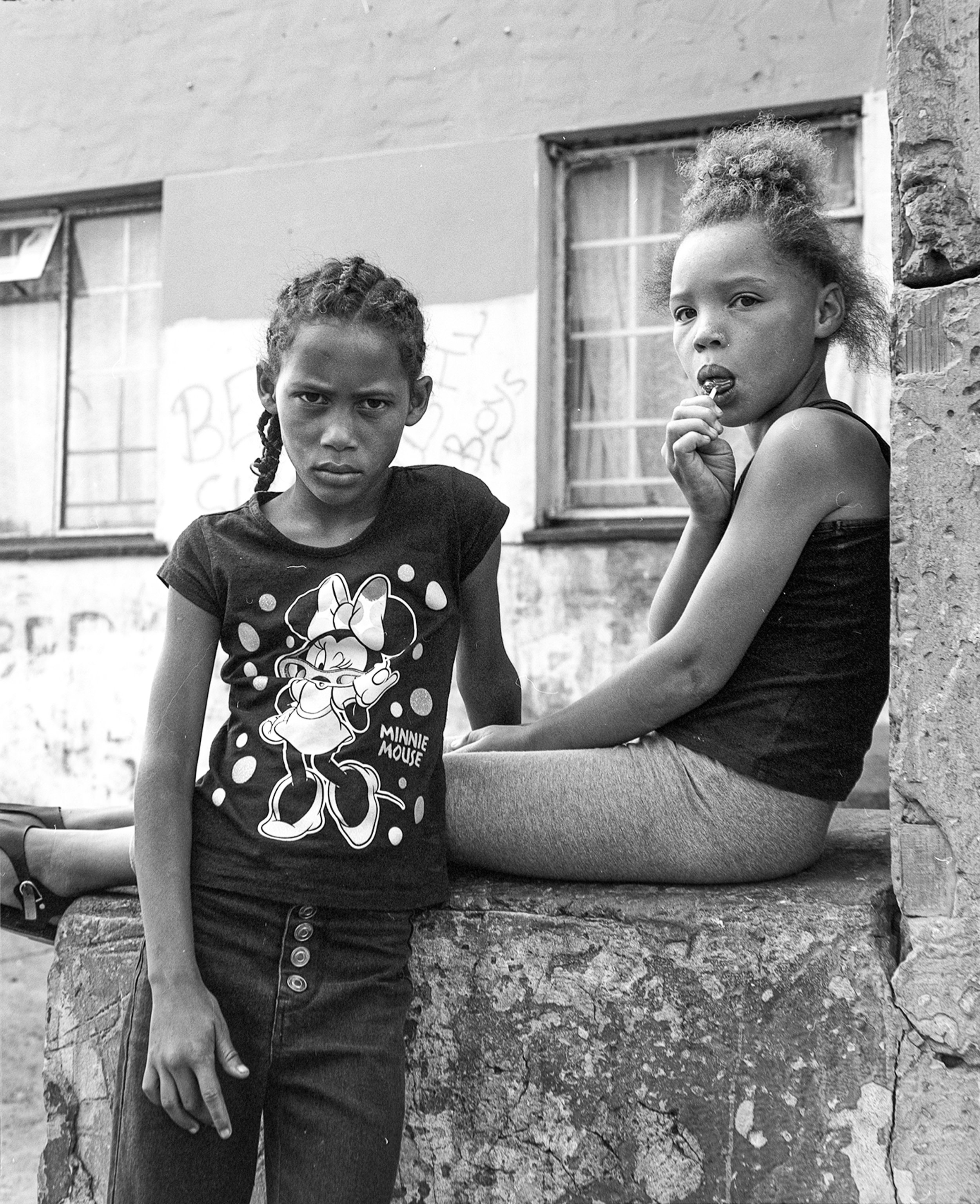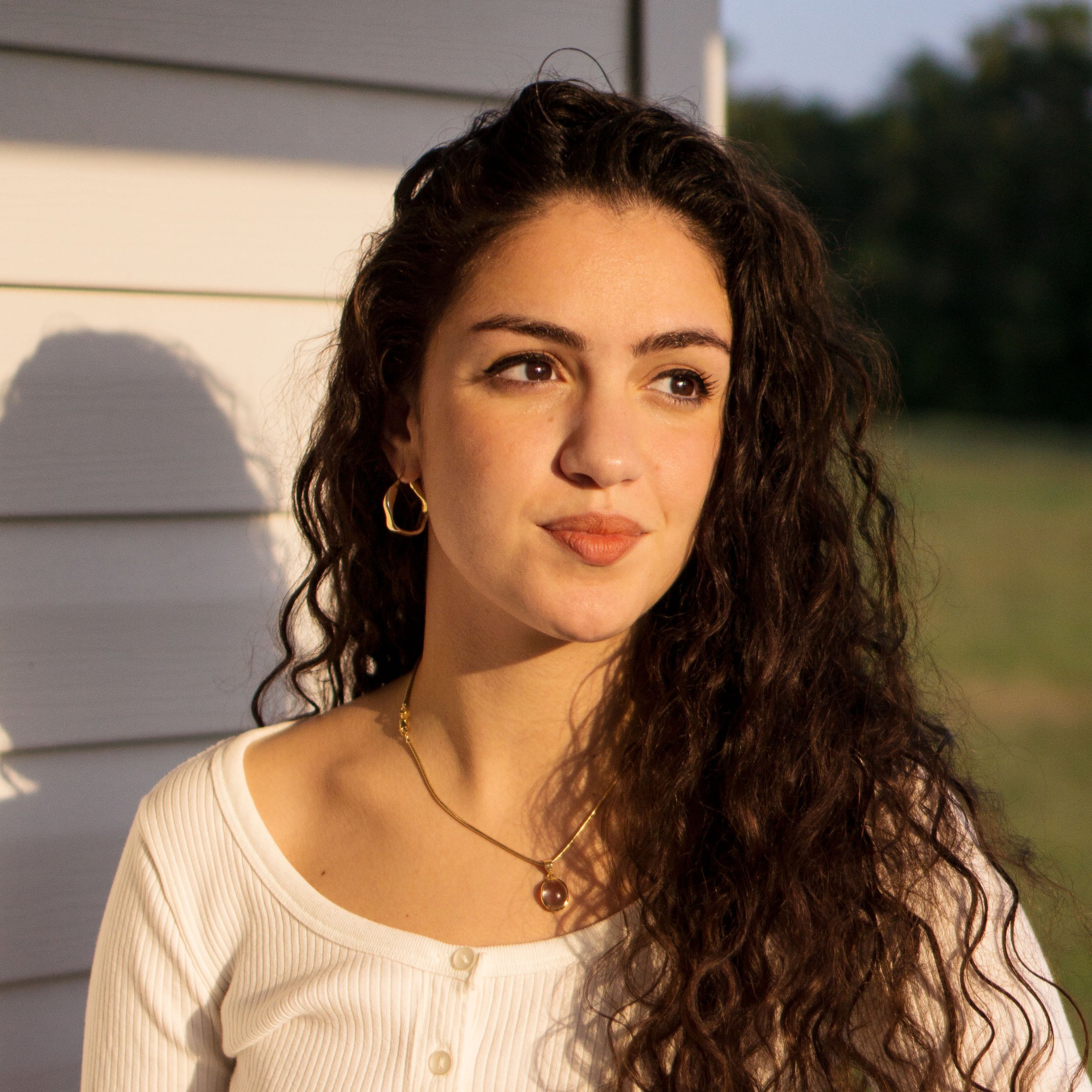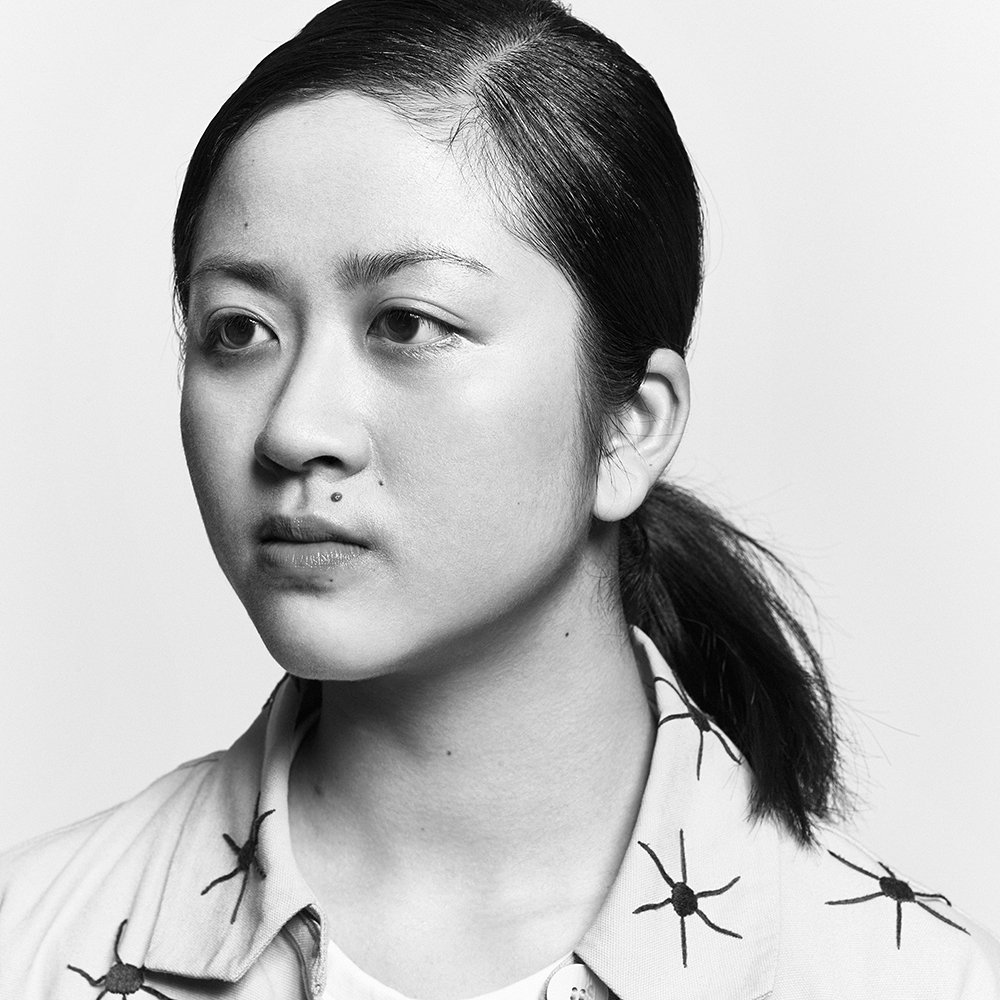The 2023 Women Photograph Grantees
Women Photograph is thrilled to announce the recipients of the 2023 grants: the Women Photograph Project Grants of $5,000 have been awarded to Jean Jasper Gruis, Anique Jordan, Camille Farrah Lenain, Spandita Malik, and Dolores Medel. The Women Photograph + Leica Grant of $10,000 has been awarded to Farren van Wyk. Congratulations to the photographers selected — you can read more about their projects and connect with their work below. We received over 2,000 applications from women and nonbinary photographers around the world (a Women Photograph record) — thank you to everyone who sent in proposals!
Thank you to this year's grant sponsors, Nikon USA, Leica USA, and MPB, and to our judges, Lydia Chebbine, Annie Flanagan, Avi Gupta, Christy Havranek, Jehan Jillani, Sarahbeth Maney, Qiana Mestrich, Piera Moore, Azu Nwagbogu, and Dilys Ng!
Women Photograph
Project Grants
Spandita Malik
India + USA | www.spandita-malik.com | @spanditamalik | she/her
While misogyny is hardly exclusive to one country or culture, India bears particularly ghastly symptoms. Women are in real danger there: the frequency of domestic violence in the country is impossible to ignore. Nā́rī' is a social practice in which Malik engaged with women who are part of self-help groups for survivors of domestic and gender-based violence, seeking their permission to document their lives within their homes or personal spaces. Each woman was invited to use their embroidery skills to weave their creative voices right into the surface of their own portraits, embellishing and personalizing the images. In listening, one becomes a vessel for another’s words, their pain, even if only temporarily. A space is created not just to speak but also to perform acts of care. If the photograph conveys an unspoken message from Malik, “This is how I see you,” the needlework answers, “This is who I am.”
Camille Farrah Lenain
France + USA | www.camillelenain.com | @camille.lenain | she/her
This is a love letter to you, Uncle Farid. And here are the questions I was never able to ask you: Did you ever believe in Allah? Did you ever try to come out to your parents? How did the news feel, in your body, when you were diagnosed with HIV? Were you able to feel fully queer, and fully Arab, in Paris?
Made Of Smokeless Fire is an exploration of LGBTQIA+ identities within Muslim culture in France, which are often underrepresented and simply ignored. This project is an homage to my uncle Farid who passed away in 2013. France has the largest proportion of Muslims in the Western world, estimated at 8.8% or the population, or 5.57 million. But still, islamophobia is omnipresent. At the intersection of layered discriminations, Made Of Smokeless Fire introduces portraiture and personal testimonies to highlight these experiences and the communities redefining their cultural and religious heritage.
Anique Jordan
Canada | www.aniquejjordan.com | @aniquejordan | she/her
The responses to the pandemic offered us a window into new possibilities. Intricate systems of mutual care, a fierce spotlight on abolition and anti-Black racism, and the public celebrations of caregivers and educators took precedence. We learned to collectively imagine that something else was indeed possible. UNDERBELLY is concerned with this “something else.” It centers upon the dreamworld, the imagination, and the spiritual and cultural connections that fuel ways of understanding the world that do not simply rely on the structures built through processes of conquest and extraction.
Dolores Medel
Mexico | www.doloresmedel.com | @lolamedel | she/her
Set in Veracruz, Mexico, Dolores’ project explores the untold history of the region’s Afro-Mexican communities. Through photography, she challenges the official narrative and raises questions about the role of women in the story of Nyanga, a supposed Gabonese prince brought to Mexico as a slave, who led the country's first Maroon Rebellion. Dolores seeks to investigate the role and lives of often erased Black Mexican women throughout history, intertwining historical and fictional stories with oral tradition, as well as myths and legends of transatlantic voyages that were imposed on them.
Jean Jasper Gruis
South Africa + Australia | www.jeanjaspergruis.com | @worldofjuju | they/them
Jean Jasper Gruis documents the transient presence of labour on construction sites in rural Mosselbay, South Africa. Their project is a long-form meditation on racialised and exploited labour as it is converted into summer houses for the rich and white on one side of the national highway and housing projects for the black and poor on the other, a lethargic attempt to address the country’s housing crisis. By following the residues of reproductive work necessary for the workers' personal dignity, Gruis documents the lives and agency of the workers on site – and how they create their own spaces even as their labour constructs property for the powerful. Construction work is stereotypically rendered as brute male labour, but Gruis's method of absence explores how tenderness and domesticity are found in these heartlands of masculinised work. Subverting the style of architectural and commercial photography, their work unveils who made the space rather than comically trying to hide it.
Shortlist
We are also happy to congratulate these six photographers who were named as finalists:
Jo Cosme | Puerto Rico | www.jocosme.com | @jo.cosme
Tori Ferenc | Poland + UK | www.toriferenc.com | @toriferenc
Natasha Lozinskaya | Russia | www.lozinskaya.com | @marka.polo
Suleika Mueller | Switzerland + UK | www.suleikamueller.com | @suleikamueller
Dina Oganova | Georgia | www.dikarka.ge | @dikarka__
Erinn Springer | USA | www.erinnspringer.com | @springerinn
Women Photograph + Leica Grant
Farren van Wyk
South Africa + Netherlands | www.farrenvanwyk.xyz | @farrenvwyk | she/her
As a consequence of centuries of Dutch colonialism, slavery and apartheid, the Coloured community in Southern Africa has seen men evolve from police officers to gangsters. Die lewe is nie reg vir my nie explores the history of gang culture within Coloured communities to counter its perception as male violence and show the deeper layers as it is a means of survival and brotherhood. Some men step into the gang as there are no real employment opportunities and others step out of the gang for a better future for their children. Being racially classified as Coloured, too, but having moved to The Netherlands at a young age, van Wyk uses portraiture as a means to decolonize the unjust image of the community she was born into.
Finalists
We are also happy to congratulate these four photographers who were named as finalists:
Tatsiana Chypsanava | New Zealand | www.chypsanava.com | @tatsiana_chypsanava
Kathya Maria Landeros | USA | www.kathyalanderos.com | @kathyalanderos
Lianne Milton | USA | www.liannemiltonphotography.com | @lil_milty
Silvana Trevale | Venezuela | www.silvanatrevale.com | @silvanatrevale
Notes from the Judges:
"Camille Farrah Lenain's project, Made of Smokeless Fire, stands as a compelling testament to the importance of intersectionality. Through a combination of gorgeous portraits and intimate personal narratives, Lenain brings much needed color and visibility to a community that has historically been rendered shapeless and voiceless. Her images provide a vital platform for the Muslim LGBTQ+ community to explore their intricate relationship with themselves, their culture, and the often challenging overlap of these identities. The impact of this project on the jury was nothing short of profound. It not only empowers individuals within this community but invites broader audiences to engage in meaningful dialogue and reflection. Many have been waiting for this kind of representation, and we are absolutely thrilled to support the next leg of this work."
"When I saw the series Intimacies of Labour by Jean Jasper Gruis, I was struck by how strongly I felt the presence of humanity in every frame -- without one human anywhere to be seen. This project touches upon so many important global pressure points right now: unseen labor, massive wealth inequality, scarcity of affordable housing -- issues that require immediate attention. I look forward to seeing more of Gruis's work!"
"Anique Jordan's Underbelly is a series that provides a much-needed, experimental and (to use the photographer's own term) surreal break away from the formality of family documentary photography. There is a metaphysical aspect to every image that forced me to want to see more, to satisfy that feeling as if I'd missed something in the previous viewing. We need work like this to speak to the psychic complexities of Black, matrilineal communities and families."
"Farren Wan Wyk's photography captures the raw, complex beauty of South Africa's Eastern Cape in a remarkable, distinct way. Her way of seeing is equal parts bold and empathetic. Her lens highlights familial connections, love, joy, and intimacy in Coloured communities despite the obstacles imposed by slavery and apartheid in the area, a view we are not typically used to seeing, especially in Western media. The work portrays people living their everyday lives through a sensitive and humanizing approach, but it also forces us to reflect on the lasting impact that slavery, colonialism and apartheid has had on a community. I cannot wait to see what she will do next."
WOMEN PHOTOGRAPH PROJECT GRANT JUDGES
LYDIA CHEBBINE
THE 19TH
CHRISTY HAVRANEK
HUFFPOST
AZU NWAGBOGU
AFRICAN ARTISTS’ FOUNDATION
ANNIE FLANAGAN
PHOTOGRAPHER
QIANA MESTRICH
ARTIST + CURATOR
WOMEN PHOTOGRAPH + LEICA GRANT JUDGES
JEHAN JILLANI
THE ATLANTIC
SARAHBETH MANEY
THE DETROIT FREE PRESS
AVI GUPTA
U.S. NEWS & WORLD REPORT
PIERA MOORE
WOMEN PHOTOGRAPH
DILYS NG
TIME
































